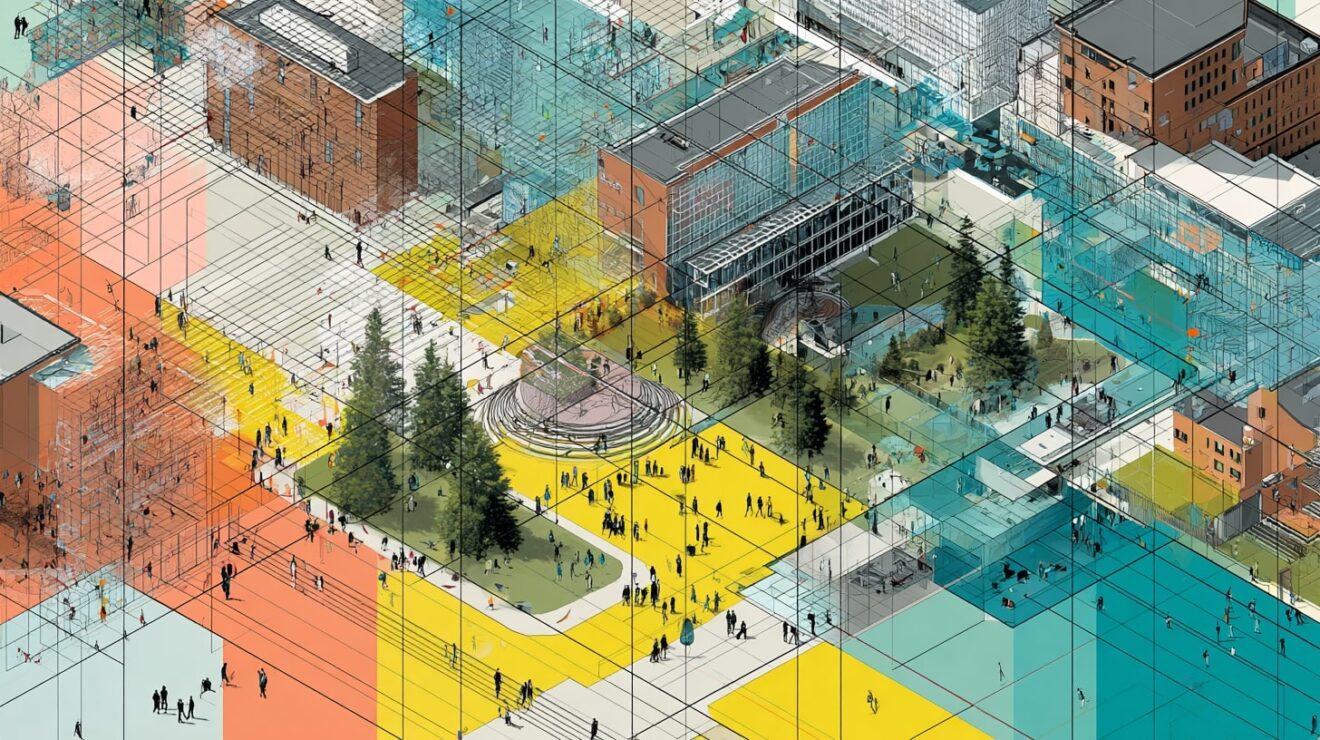From providing access to knowledge and skills required by industry, to ensuring a greater diversity in leadership roles, education is a major building block for social mobility.
This is something we have known for a long time, but the Covid-19 pandemic has intensified the focus. Reports show that university graduates are facing a challenging post-Coronavirus job market, and as employability is set to remain unstable for some time, access to learning throughout a career span will prove invaluable.
The global pandemic has also shone a stark light on the importance of digital connectivity. The digital divide is worsening the educational experience of already disadvantaged learners, and in order for lifelong learning to be delivered sustainably at scale, access to digital technology will be paramount.
Rethinking the paradigm
As well as ensuring the practical elements of education, there needs to be a mindset shift around learning paths. Because of fees and living costs, traditional modes whereby learners leave school or college at 18 and begin a three- or four-year higher education course feel open only to those who can afford them – and therefore can perpetrate social inequality. This is not to say that the traditional university experience should be scrapped entirely; far from it. The traditional experience has proven benefits beyond learning outcomes, including social development and building independence. However, providing alternative methods of developing skills and knowledge at varying paces and with differing modes of interaction will mean widening participation in higher education.
Digital transformation in industry also means that the way people approach work is changing. While some will still engage in “jobs for life”, there is now a growing number of people who will change careers multiple times throughout their lives, as well as an ever-expanding “gig economy”. This means that there is a greater need for people to continue developing skills and knowledge throughout their lives. We need to be prepared for this as a society and put mechanisms in place so that people are able to retrain or top up skills – and not only those who can afford to attend full-time courses. There are many reasons, including caring commitments, work schedules and mobility or mental health restrictions that could prevent a learner from engaging in full-time, campus-based education. But technology allows for different approaches.
Improving online delivery
The higher education sector has been digitalising for decades, however methods of teaching have remained largely the same. With the advent of digital transformation more recently, we are looking at changing these methods using digital technology. This has been proven possible through lockdown – and although universities have been moving at different paces and, therefore, experiencing different results, there has been an impressive shift in focus.
These shifts are similarly evident in industry, including an increase in flexible approaches to working. For students to be able to develop the skills they will need to succeed in the job market, the new commitment to flexibility and resilience needs to maintain its upward trajectory.
This also applies to lifelong learning. Many of the issues with newer forms of lifelong learning – such as MOOCs, microcredentials, and the like – comes down to accreditation. Those pursuing learning to further their careers or improve job prospects need to have a way of proving their skills and knowledge to employers, and this is where traditional degrees still have the upper hand. Being able to build up qualifications incrementally over time and in different formats will rely on a flexible approach to online delivery, and possibly a national or even international standard for accreditation. While this is a bigger move, there are smaller steps that can be taken to improve the current landscape.
Equitable recognition
In order to ensure that online education is considered just as valuable as in-person courses, there needs to be continued investment in developing pedagogies specific to online delivery. Some of this work is already being done by universities as they move their courses online as a result of lockdown, but there is more to be done. If we are to really invest in lifelong learning as a means for social mobility, there needs to be a variety of delivery options available to learners, with equitable recognition.
Responses to lockdown have shown that teachers and learners alike can be flexible and resilient, so we need to capitalise on this and make sure efforts are continued long after campuses reopen and lockdown measures are relaxed. The ripple effects of the Covid-19 pandemic could last years, and as such we need to treat lifelong learning as a priority now.













